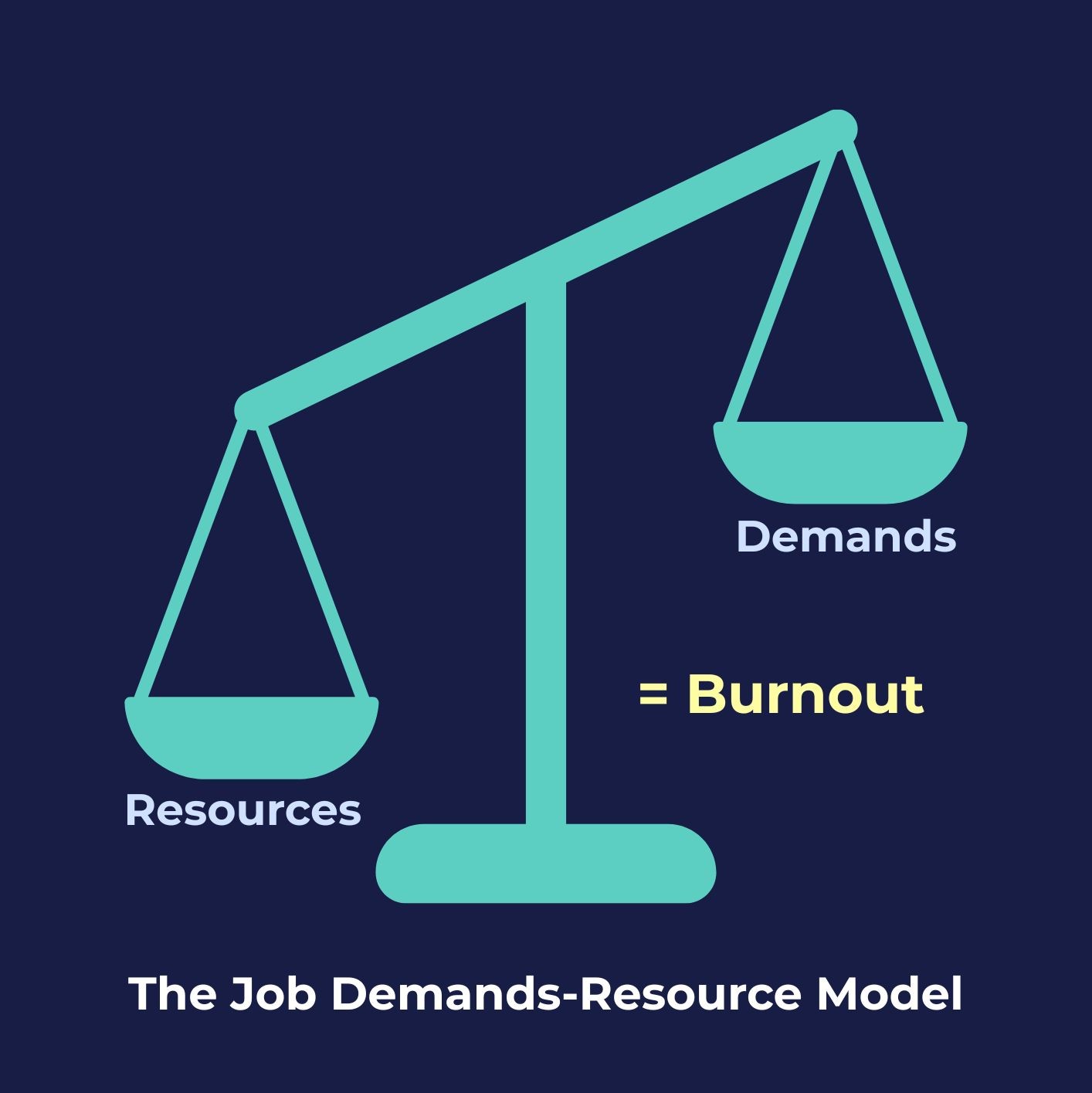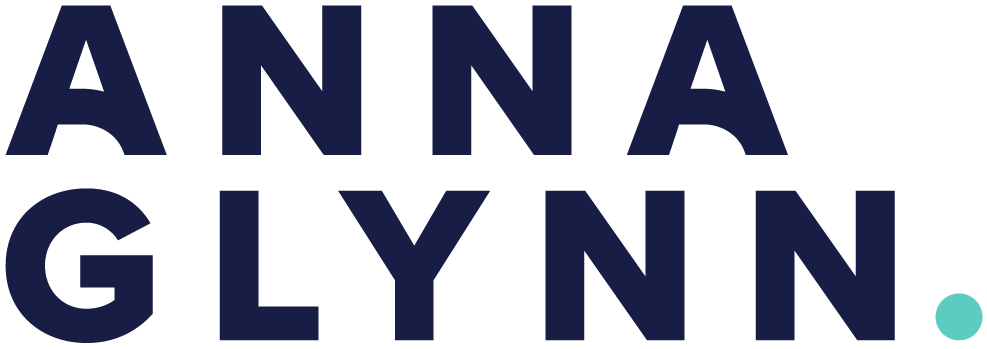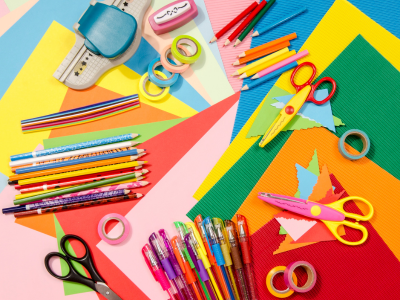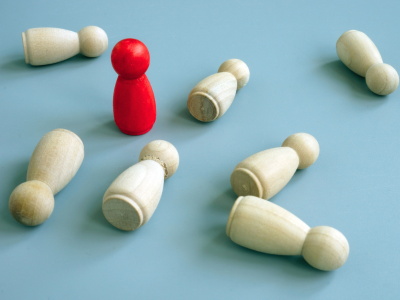Technological change has always sparked fear.
When the typewriter emerged, people worried it would devalue written communication. Instead, it opened doors for new professions and greater workforce participation. The telephone was feared for weakening relationships yet it connected distant families and businesses like never before. Even the fax machine and email were met with concern about lost human touch and information overload (hmm?).
Every major technological leap has carried anxiety. But history has shown us that alongside disruption comes opportunity – new skills, new industries, and new ways of connecting.
AI is no different. The question isn’t just “What will it take away?” but “What might it unlock?”
What if the real opportunity in front of us isn’t just about surviving change, but using it to craft more meaningful, energising roles for ourselves?
Enter Job Crafting: a proactive, empowering process of redesigning one’s job to better align with individual needs, goals and skills. It’s about reigniting motivation, drawing on our strengths, and finding deeper purpose in what we do. In a world shaped by rapid technological shifts, our ability to tailor our roles may be one of the most future-proof skills we can build.
What is Job Crafting?
Job Crafting is about redesigning the way you work to better align with your strengths, passions, and values. And it’s a space I’m currently exploring more deeply through a research project in collaboration with Harvard and the University of Melbourne. Coined by Wrzesniewski and Dutton (2001), Job Crafting describes the small, intentional adjustments we can make to our tasks, our relationships, and even how we think about our roles so they feel more ‘tailor-made’ to us rather than ‘off-the-rack’.
The best part is we don’t have to wait for a promotion or a new title to engage in Job Crafting. We can start right where we are, looking for opportunities to shape our current roles to better fit who we are or even better, who we want to become.
Task crafting, relational crafting, and cognitive crafting each offer different pathways for making our work more energising and sustainable. And chances are, at some point in your career, you’ve probably already crafted your job, without even realising it. Now, there’s an even greater opportunity emerging…
Traditionally, Job Crafting has centred around reshaping tasks, relationships, and mindsets to better align with who we are. But as technology evolves, so too does our ability to craft the resources that support our work. In this light, AI Crafting emerges as a new extension and an opportunity to redesign not just what we do, but how we get it done.
Make Way for AI Crafting
There’s no question that AI is reshaping workplaces. But alongside the disruption, there’s also a huge opportunity: AI can offload repetitive, low-value tasks, giving each of us more room for creativity, connection, and complexity.
For a long time now, many of us have been feeling the strain of too much – too much information, too many tasks, and too many competing demands. In the language of the Job Demands-Resources (JD-R) model (Demerouti et al., 2001), our demands are climbing faster than our resources, leading to exhaustion, disengagement, and in some cases, burnout.
But what if we viewed AI as another resource?
A new way to lighten the cognitive load, free up energy, and create capacity to focus on the parts of work that matter most.
Rather than seeing AI as competition, we should be viewing it as a collaborative tool to rebalance the scales by reducing demands and boosting resources.
Imagine handing over the tasks that sap your energy – freeing you up to do the work that genuinely energises you. The opportunity isn’t just to become more efficient but more fulfilled too.
Think about it – if AI could take one task off your plate this week, what would you choose, and more importantly, what would you do with that extra capacity and energy?

How can I start AI Crafting?
A great place to start is by mapping out your current responsibilities. Identify which tasks drain you and which ones light you up (those that bring on Flow).
With those that drain you – are they able to be delegated to AI?
Then, look for opportunities to offload, reframe, or expand tasks based on your strengths and interests. Conversations with your manager or peers can help too. It might be as simple as saying, “I’ve noticed I do my best work when I’m collaborating with others. I’d love to explore more opportunities to work cross-functionally.” Small shifts, repeated over time, can lead to profound changes in engagement and wellbeing.
Of course, not every draining task can (or should) be automated. Some responsibilities are essential, even if they’re not always energising. I always aim for the 80/20 rule.
In some cases, the 20%, the opportunity isn’t just to offload, it might also be to reframe. Can you connect the task to a bigger purpose? Could you build mastery or find a small way to make it more engaging? Sometimes, Job Crafting isn’t about removing a task, but about reshaping how we experience it. Both strategies – offloading and reframing – help create a more sustainable and meaningful relationship with our work.
Ultimately, Job Crafting is about reclaiming agency. It’s about not letting work happen to you, but instead, actively shaping the nature of your work (Grant & Ashford, 2008).
In a world of constant change, our greatest asset may be our willingness to adapt – not by waiting for permission, but by shaping our roles in ways that make us stronger, more energised, and more fulfilled.
So, how will you craft your role so you’re not just more efficient but more energised too?




